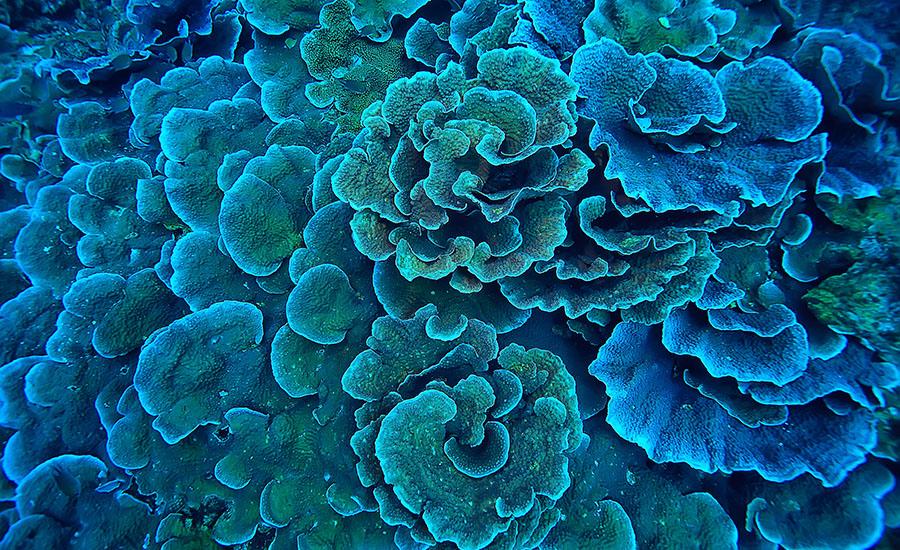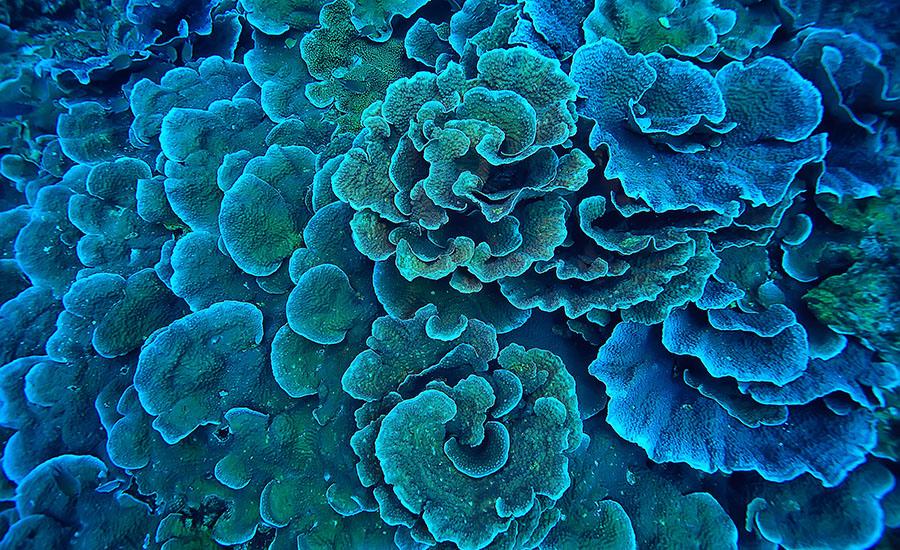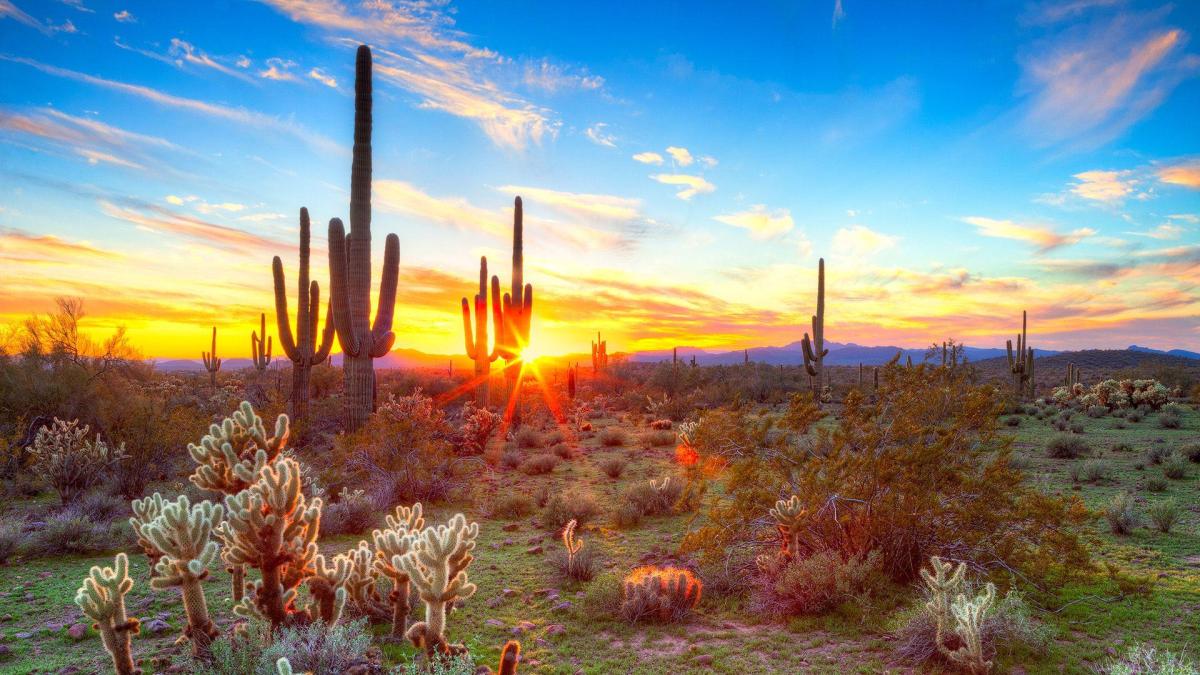
Habitats and Animal Adaptations: Lesson 1 of 4
In this lesson, students will research a variety of habitats. They will then use their research to document what they learned using technology. This information will be used in future lessons to build a model of a habitat and design an animal that will fit into the habitat.
This is the 1st lesson in a series of 4. Links to lessons and resources are included.
Lesson Grade Level
3rd GradeLesson Plan Link/URL
https://docs.google.com/presentation/d/189JU_SXAQN_m1v3oD0FrY454vgqfnHVH/edit?u…Related Content


Collaboratively, students will make a 3D-model of their chosen Arizona biome. Their model must show the different interrelationships between biotic and abiotic factors. After project making, students

What are the parts of a plant? What is pollination? What parts are involved in pollination? What happens when a bee or another pollinator flies from flower to flower? Why is pollination important? How

